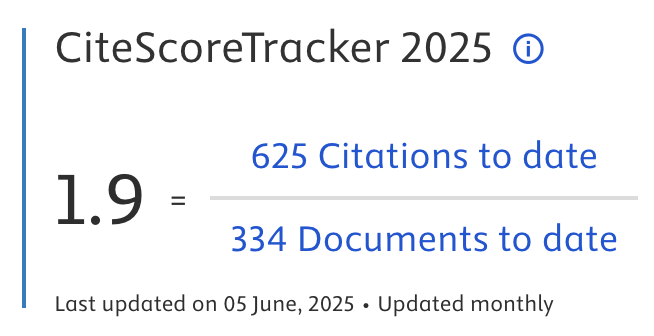Optimizing Emergency Logistics Identification: Utilizing A Deep Learning Model in the Big Data Era
Abstract
This study investigates the dynamics of commodity flow across different facilities and settings, evaluating the performance of Simulation and Feed Forward Neural Network (FFNN) methods in optimizing these flows. Analyzing data from various configurations, the research reveals significant variations in commodity distribution patterns. At Facility_1 from the K1 disposer market, the flow of Commodity_1 increased from 770 units to 830 units, while Commodity_2 decreased from 192 units to 166 units. At Facility_2, Commodity_1's flow decreased from 851 units to 793 units, and Commodity_2's flow slightly increased from 139 units to 148 units. Similar trends are observed at facilities from the K2 disposer market, reflecting the complex impact of different settings on commodity flow. The comparative analysis of Simulation and FFNN methods demonstrates their relative strengths. In Setting I, the Simulation method achieved an objective value of 1,800,574.36 Rs with a computation time of 46.78 seconds, while the FFNN method yielded a slightly lower objective value of 1,800,352.24 Rs in 42.01 seconds. In Setting II, the Simulation method provided an objective value of 1,801,025.36 Rs with a computation time of 103.86 seconds, whereas FFNN achieved a comparable objective value of 1,800,847.27 Rs in 63.05 seconds. In Setting III, Simulation resulted in an objective value of 1,801,527.36 Rs with a computation time of 61.12 seconds, while FFNN produced a higher objective value of 1,806,997.32 Rs in 50.03 seconds. The results highlight the trade-offs between solution quality and computational efficiency. The Simulation method consistently delivers higher objective values but requires more time, making it suitable for applications where result accuracy is crucial. Conversely, the FFNN method offers faster computation with competitive or superior objective values, making it advantageous for scenarios where time constraints are significant. This study underscores the importance of selecting appropriate computational methods based on specific operational needs, optimizing both the efficiency and effectiveness of commodity flow management.
Article Metrics
Abstract: 162 Viewers PDF: 108 ViewersKeywords
Full Text:
PDFRefbacks
- There are currently no refbacks.

Journal of Applied Data Sciences
| ISSN | : | 2723-6471 (Online) |
| Collaborated with | : | Computer Science and Systems Information Technology, King Abdulaziz University, Kingdom of Saudi Arabia. |
| Publisher | : | Bright Publisher |
| Website | : | http://bright-journal.org/JADS |
| : | taqwa@amikompurwokerto.ac.id (principal contact) | |
| support@bright-journal.org (technical issues) |
 This work is licensed under a Creative Commons Attribution-ShareAlike 4.0
This work is licensed under a Creative Commons Attribution-ShareAlike 4.0





.png)